Climate-tech messaging is dead: Here’s how to build a story that works
A value‑first messaging playbook for climate‑tech founders
Welcome to Climate Drift - the place where we dive into climate solutions and help you find your role in the race to net zero.
If you haven’t subscribed, join here:
Hey there! 👋
Skander here.
If you’ve followed Climate Drift for a while, you already know we value the story behind a technology as much as the science that enables it. In 2025 the spotlight on climate solutions remains bright, but attention is harder to earn. Many startups discover that a technical breakthrough alone won’t carry them if customers and investors can’t see the concrete value.
That gap between strong technology paired with only broad promises of “decarbonisation” shows up on countless homepages. Visitors still care about lowering emissions, but their first question is always practical: How will this improve our costs, efficiency, or resilience right now? When the answer isn’t clear, interest fades fast.
Enter Sean, a member of our latest cohort and content and messaging strategist for B2B tech companies who is pivoting into climate. After reviewing hundreds of pitch decks and websites, he’s developed a practical framework for teams that lack the budget (or the time) for a full‑scale agency engagement.
In this playbook Sean breaks down:
🛑 Why “climate‑tech” copy is crashing—and the ROI switch that fixes it
🔍 Five questions that surface your real value prop in a morning
💡 Teardowns of Rondo, Upstream Tech & more to show the framework in action
🚀 A template for your deck or homepage
Think of it as a narrative life‑vest for a market that suddenly forgot how to swim.
🌊 Let’s dive in!
🚀 Want to make an impact?
Our next accelerator cohort kicks off soon, and applications are still open, though spots are limited. If you’re ready to drive climate impact, now’s the time to apply:
But first, who is Sean?
Sean Higgins is a freelance content and messaging strategist with 15 years of experience in B2B writing. He has worked with big tech companies like Boston Dynamics, Contentful, and PTC, helping them tell strong stories about their complex technologies using blog posts, case studies, web copy, and other written content.
Last year, he (finally) admitted that the climate emergency was not going away and decided to do something about it. Now he collaborates with climate-tech companies to build the story that communicates their value quickly — so they can stop worrying about “telling a better story” and get back to more important work.
Climate-tech messaging is dead: Here’s how to build a story that works
A value‑first messaging playbook for climate‑tech founders
Recent discussions about the death of climate tech have made it clear that climate-focused messaging isn’t working anymore. The upshot? A huge number of climate-tech companies need to find a better story – and fast – if they want to survive.
If that problem sounds familiar, this guide is for you.
I’ll walk you through five quick questions you can answer in-house to develop more effective messaging — and do it without a marketing department, or working with an exorbitantly priced agency.
This messaging will help you connect better with prospects and investors, grow your company, and survive the “death of climate tech” to make a difference for the planet.
But before we get to that, I want to set some context. I’ll start by explaining the single most crucial step in telling a better story: Your messaging strategy. Then I’ll explore a few examples of climate-tech companies that got messaging right.
Messaging Strategy 101
A messaging strategy defines all the key points you want to communicate to your audience about a specific thing.
Let’s break that down:
That thing might be your company, your technology, or one of your products.
The messaging strategy should cover what it is, who it’s for, and why they should care.
To illustrate what a good messaging strategy can accomplish, let’s look at the original ad for the iPod. This ad is clearly based on a great messaging strategy.
It makes clear:
What it is: A digital music player
Who it’s for: Consumers
Why they should care: It carries a lot of music in a package small enough to fit in your pocket
A messaging strategy should include at least these three things. No matter who your audience is, they won’t buy into your company, technology, or product if they don’t understand what it is, whether it’s for them, or what it can do for them.
Climate-tech messaging done well
Let’s look at some examples in climate tech.
To critique a company’s messaging, I like to check the front page of its website. This method is ideal for two reasons: First, because I don’t have access to a company’s high-level messaging strategy docs (assuming they even have any). And second, front-page web copy often reflects the company’s top-level messaging strategy very clearly
Now, put yourself in the shoes of a prospective customer for Rondo. Then have a look at this screenshot of their website from April 2, 2025.
Like the Apple ad, this copy is clearly based on an effective messaging strategy for prospective customers. It includes everything they need to know before they decide whether Rondo is right for them.
What the product/service is: Industrial batteries
Who the audience is: Industrial companies (this is clear from visual context as well as copy)
Why the audience should care: They cost the least. They eliminate emissions by converting wind and solar power into industrial heat. They are available at scale today.
Here’s another great example from Upstream Tech (a company not far from me in Maine). Put yourself in the shoes of a potential customer. This screenshot is from April 1, 2025.
Looking at the copy, it’s clear they have a good messaging strategy for prospective customers. The copy clearly demonstrates:
What the product/service is: Software for land and water management
Who it’s for: Professionals who work in land and water climate solutions
Why the audience should care: The software leverages “the latest technology” to increase the scale and impact of your climate solution
Even if this is the first you’ve heard of either company, you already have a good idea about what the tech does, whether it’s for you, and whether you’d like to learn more.
The green trap
Now, compare this against the front page of your company’s website or some of those below.
“Decarbonizing transportation at scale. Sustainable drop-in transportation fuels and carbon removal.”
“Paving the Way to Zero CO2 Cement.”
“Carbon-Negative Power. A new kind of energy company. Sustainably powering the present while erasing emissions of the past.”
Not one of this copy covers all three elements of an effective message. Only the first actually says what the company makes. Once you start looking at more climate-tech websites, you’ll see that this kind of vagueness is surprisingly common – a sign of a weak messaging strategy.
But there’s another problem here, and this one is more damaging. These companies present “sustainability” or “zero-carbon” or similar “green” credentials as the primary reason that their audience should care. I think of it as the “green trap.”
You might say, Sean, this is a reason why they should care. You’re right. But it’s not a good one. I’ll show you why.
“Green” isn’t good enough
Mairi Robertson recently wrote a hard-facts post for this publication that I’d love to quote in full, but I’ll stick to the “offensively short” gist: No one cares about your climate tech unless it makes them money and it's trivial to implement.
My interpretation is a little more generous.
You are not wrong to hope that the people to whom you tell your story probably do care about sustainability, the planet, and solving the climate crisis. They might care. But this is not always relevant in the context of selling your technology.
Because you’re most likely marketing to businesses, not people. The person who reads your website — or your pitch deck, or your sales brochure — is not acting on their own behalf. They are acting on behalf of a business, which has several pressing concerns. And many of these concerns are more urgent than reducing the company’s climate impact.
They want to find customers. Attract customers. Develop a better product. Sell more units. Increase revenue. Put out “fires.” Make their board happy. And so on.
If you don’t take anything else away from this article, remember that your climate credentials are rarely the most important factor when your audience considers buying or investing in your tech.
Your audience likely cares more whether the tech can help them work faster, more efficiently, or more safely. If it can help them do their jobs better. Or help them make/save more money.
At this point, it’s natural to defend your website, saying that you did offer other reasons why the audience should care. They’re just further down the page.
That may be true, but the copy on your website should be the most distilled version of your message – after all, it might very well be the first impression you make on a prospect. Why not make it count?
How to fix your messaging (fast)
By now, you might also see that truly effective messaging strategy is a more complex task than I’ve let on.
A minimum viable messaging strategy will include what the tech is and why the audience should care. The best messaging strategies offer a good, effective reason why the audience should care. They map your product’s capabilities to multiple customer pain points. They act as a kind of salesperson.
Building a message strategy like this takes education, practice, and skill. Many smart people have spent a lot of time learning how to do it right.
TL;DR: You should hire someone if you want the best messaging strategy (it doesn’t need to be me). But I understand that you may be busy, or have a limited budget.
So I’ll show you a quick framework you can use to improve your messaging.
Think in terms of “jobs to be done.” This famous framework supposes that your customer is not looking to buy a product, per se. They are looking for a tool that helps them complete a job.
The classic illustration is that no one buys a ¼ inch drill bit to have a ¼ inch drill bit. They buy it to make a ¼ inch hole.
What does this mean for you? When you want to identify a good reason that your audience should care about your tech, start by finding a job they already want to do, and that your tech can help them do. The good news is that your company should have covered this information as part of your GTM work.
Five quick steps to better messaging
Now we’re ready for a list of questions that you can answer to start building a more effective messaging strategy. Copy this somewhere, and add answers if you want to try the exercise yourself.
What is your audience?
Be specific about demographics. What kind of company do they work for? What is their position? What are their biggest headaches? What keeps them up at night?What is your tech, and what does it do?
Explain it in the simplest, most basic, most specific terms you can. When in doubt, use categories. Think of Upstream Tech: “Software for land & water management.”
Why should they care? Or: What job does your tech help this specific audience complete?
This should be a job they already know they need to do (otherwise, they won’t be looking for help).What options does this tech replace? How does it help them do the job better than these other options?
This might be a workflow or a competitive product. The information will show your potential customers what makes your tech different, and how it will make their lives easier.Once you have all these answers worked out to your satisfaction, you can string them together into a paragraph using plain language. This builds a little description that acts as a reference when you’re telling your story.
Here’s a template:
“Our technology helps [audience] accomplish [job]. How? By [doing this thing]. That enables them to [achieve these benefits].”
Don’t worry if you need to change the phrasing, and there’s no need to be strict about grammar or structure. You might need a few sentences. Maybe you can finesse the language so it feels more natural than the template I offered above.
But try to be as specific as possible.
Above all, keep it simple. I know that your tech is complicated. It might even be an entirely new category of technology that requires a lot of explanation for people to understand fully. But remember, they don’t need to understand it fully. They just need to understand what it is, whether it’s for them, and what it can do for them.
Look back at Rondo’s web copy. It doesn’t waste 200 words explaining how the tech works. The page says that Rondo makes “industrial heat batteries.” The in-depth explanation is tucked into a technology page.
Example
If I were writing this kind of plain-language messaging strategy about the post you’re reading, I might say:
“My guide helps [overworked generalists at climate-tech startups] [sell their product or service more effectively in a market that can be hostile to climate solutions]. How? [It explains the elements of an effective messaging strategy, shows what it can do for their business, and tells them how they can get it fast.] That gives them the basic tools to [survive a difficult period for climate technology].”
Let’s try it out on some websites
Now that I’ve argued the case that climate-tech companies need to develop better messaging – and demonstrated a quick framework for getting the job done – I’ll work through my own framework to offer some examples.
This will drive home the point that better messaging strategy can transform the story you tell.
I’ll look at some climate-tech websites that need help. Then, I’ll answer my own messaging questionnaire and put together a basic messaging strategy behind the scenes (to spare you the boredom). Finally, I’ll write some quick copy – which you can judge.
I picked Heirloom, XFuel, and Dunia.
As you can probably guess, I don’t have access to any more information about these companies than the general public does. The examples below are for illustration, and may rely on assumptions that turn out to be, well, wrong. A real messaging workshop should be able to produce something better.
Heirloom
This top-line messaging tells you what the company does, but falls into the “green trap” when explaining why the audience should care. Let’s write some better copy.
Who is Heirloom’s audience on their website?
According to an episode of “Volts,” one of Heirloom’s existing customers is CarbonCure, a company that makes and installs systems for injecting CO2 into ready-mix concrete (the kind you’ll see in spinning concrete trucks).
Let’s imagine that Heirloom wants to speak to customers like CarbonCure on the front page of their website.
What does Heirloom’s company or product do?
The company’s technology is direct air capture, which “pulls” CO2 from the air using a proprietary system built around limestone.
Why should the audience care? What’s the job to be done?
Listen to that episode of “Volts,” and you’ll learn that CarbonCure wants to complete a job: Find a steady supply of CO2, preferably from a supplier who can scale up its process to reduce costs.
How does Heirloom help them complete this job better?
Reviewing Heirloom’s website, you’ll see that the company claims that it built a stable supply chain, increased the speed of carbon capture, ensured the scalability of its facilities, and used data to improve efficiency.
Let’s put it together to write some quick messaging copy for the site:
Rock-Solid CO2 Supply
Our direct air capture tech harnesses the power of limestone to capture carbon at scale — reducing procurement costs for our utilization partners.
XFuel
You may remember this one from my list of examples of what not to do. Again, we start by doing some research to determine what the idea is and why the audience should care.
Who is XFuel’s audience on their website?
In a sponsored article in “The Ship Supplier,” XFuel directs their pitch at “vessel operators [...] looking for low-carbon fuel solutions to help them meet rising regulations and start the decarbonization of their existing fleet.” Their pitch deck says they are focused on not just marine fuel, but also road and aviation fuel.
Let’s assume that the audience on their website is vessel operators, road-based shipping fleet operators, and airlines.
What is Xfuel’s tech, and what does it do?
The company’s plants convert industrial and marine waste into low-carbon drop-in fuel. (Drop-in fuels are effectively a 1:1 replacement for oil fuels).
Why should the audience care? What’s the job to be done?
The company serves multiple audiences, but they all want the same thing: Replace oil-based fuels with a drop-in alternative that doesn’t cost too much more. They may want to do this due to regulatory pressure, decarbonization plans, or any number of other reasons.
How does XFuel help them complete this job better?
Most methods for producing drop-in fuel rely on one feedstock, but XFuel’s has developed two different processes that use abundant industrial and marine oil waste to produce drop-in fuel. This enables production in more locations, increases availability, promises more future availability, and reduces price.
The real kicker, though, is that it’s possible to run this production method today. Where most drop-in fuel production methods aim to deliver zero-carbon fuels some day, XFuel’s technology produces low-carbon fuel that can be delivered immediately.
Let’s put it together to write some quick messaging copy for the site:
Zero-Delay Drop-In Fuel
Our tech converts abundant waste chemicals into low-carbon, low-cost fuel for marine, road, and aviation. And it’s ready to go today.
Dunia
The big question here is the same as ever: What does Dunia do, exactly? Let’s do the research to get them some more effective messaging and copy.
Who is Dunia’s audience on the website?
Reading the full website and a downloadable whitepaper, we can piece together that Dunia aims to support “chemical industry pioneers.” Specifically, those aiming to decarbonize the production of chemicals like fuel, plastic, fertilizer, and textiles.
What is Dunia’s tech, and what does it do?
The company makes an autonomous laboratory platform named “Iris.” This platform uses AI and robotics to automate and speed up the discovery process for electrocatalytic materials.
For those of us who nearly failed high school chemistry, the FAQ explains: A catalyst speeds up chemical reactions by many orders of magnitude. An electrocatalyst is used to accelerate electrochemical reactions.
Why should the audience care? What’s the job to be done?
We already know that this set of chemical producers wants to decarbonize production of chemical products. We can also assume they want these production processes to make money.
According to Dunia, electrocatalysts are the key to accomplishing both tasks. These materials reduce the amount of energy required for the production process, making it economically feasible to rely on renewable energy sources.
It’s unclear to me whether these chemical producers already know that they need more effective electrocatalysts if they want to succeed in decarbonizing their production processes. But they’re chemical producers – not a layman like me – so we can reasonably assume that they do.
How does Dunia’s tech help them complete this job better?
Today, most producers rely on trial and error, luck, and years of focused human research to find novel electrocatalytic materials. This discovery method is costly and inefficient, so it requires a lot of money and many years to produce viable results.
Dunia’s Iris lab platform uses AI and robotics to perform the discovery process autonomously. The company estimates that this kind of automated discovery process is 90% faster than human-driven discovery, and costs 70% less.
Let’s put it together to write some quick messaging copy for the site:
Break the Energy Barrier to Green Chemicals
Automated Lab Platform for Electroactive Materials Discovery
Iris leverages AI and robotics to create a closed-loop process that optimizes itself continuously – reducing costs by 70% and time-to-discovery by 90%.
Why should YOU care about messaging?
This might seem like a lot. And I’m sure you have more immediate problems to solve. But I want to reiterate that developing an effective messaging strategy is worth your time.
Once you develop the plain-language messaging framework we talked about, your company will have a tool for telling a coherent, consistent story in almost every situation.
You can refer to it when someone saddles you with writing web copy. When you need to build out a content strategy. You can use it to improve your pitch deck (or website). Or nail down your elevator pitch. When you’re writing sales materials. The list goes on.
Messaging work can be hard, and it can involve asking uncomfortable questions about your company’s overall strategy. If your GTM work is undercooked, or your value proposition is weak, you may run into problems developing truly strong messaging.
But if you put in the time to develop messaging that answers the two most important questions, what is the tech and why should the audience care, it will make a huge difference to your company’s success.
Good messaging can help your company survive, and even make a profit, while you keep fighting climate change. And isn’t that the whole reason we’re doing this in the first place?


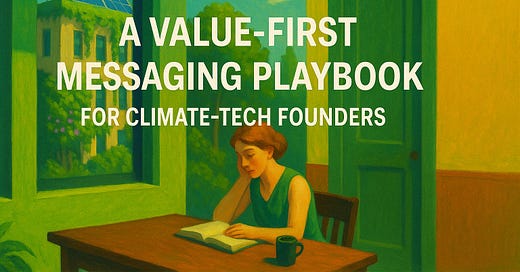



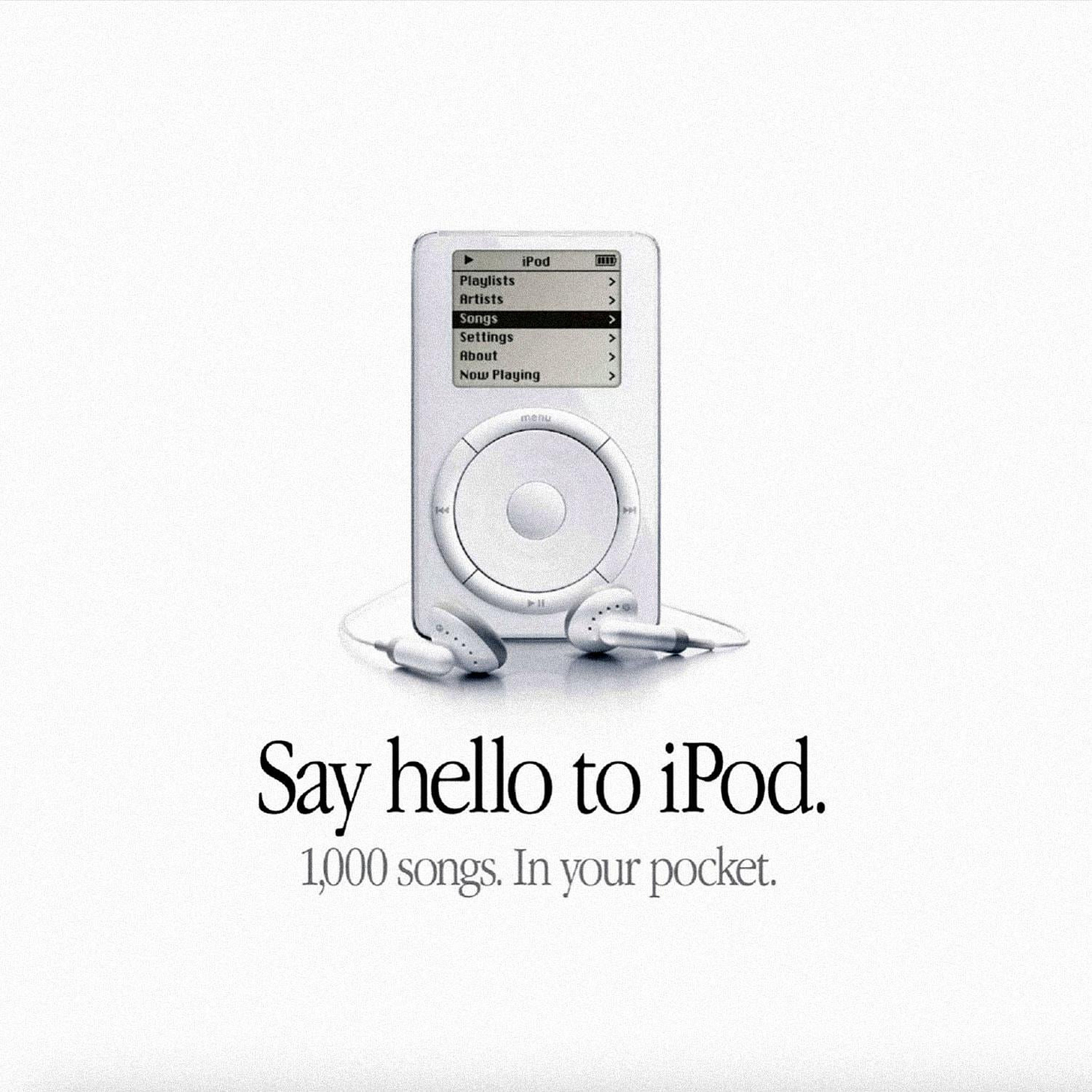
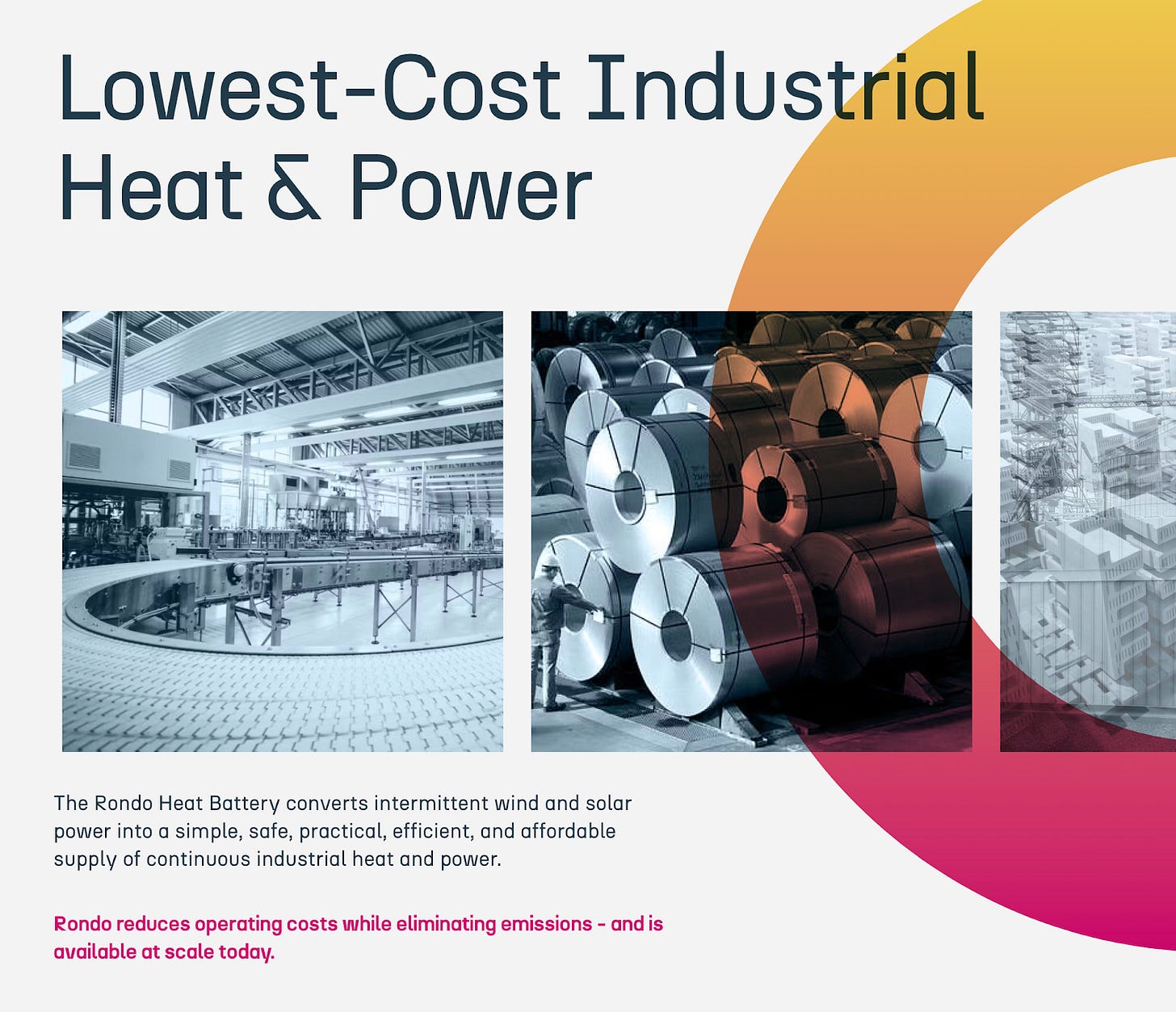
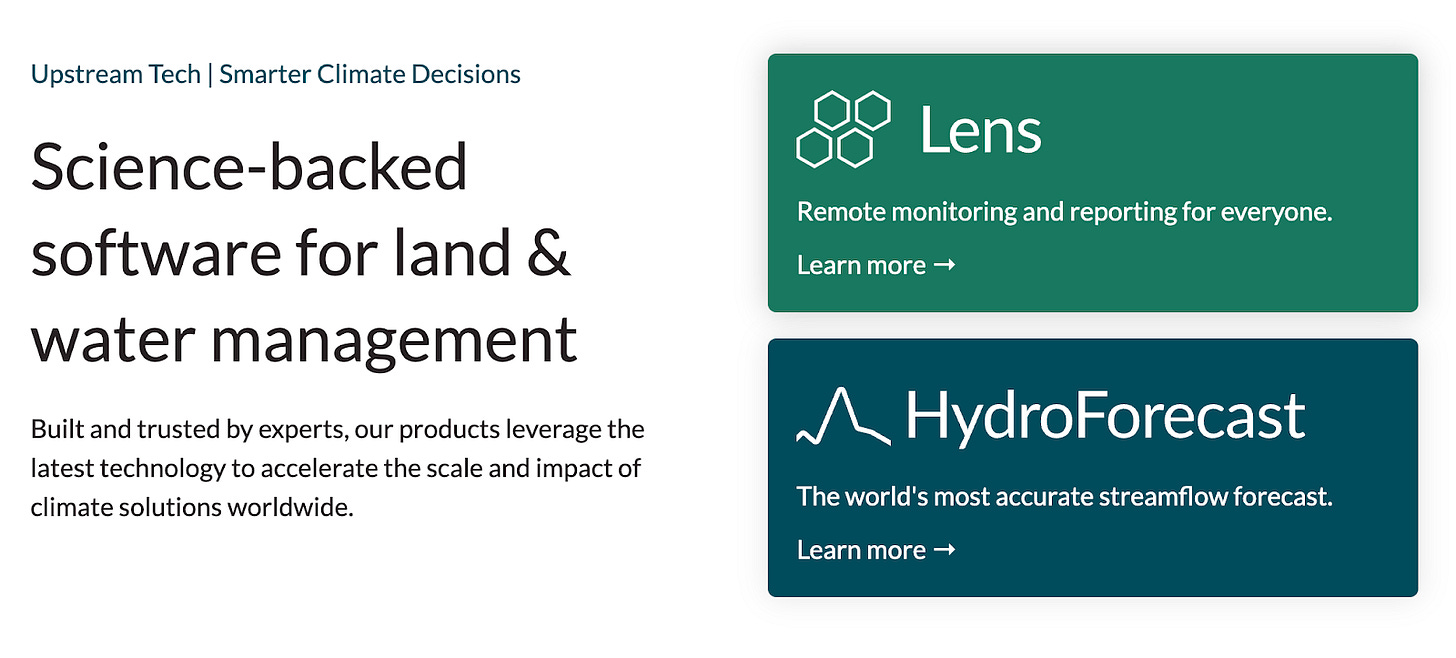
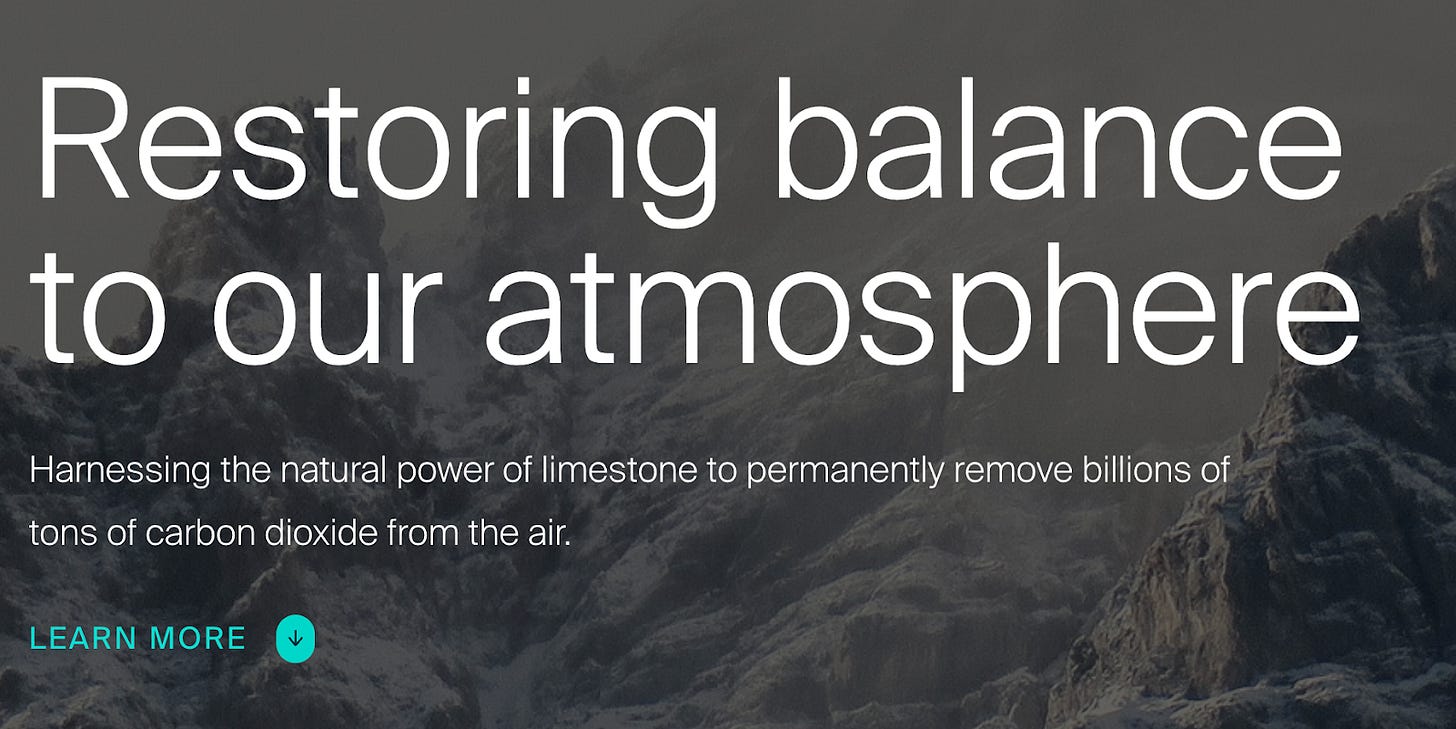
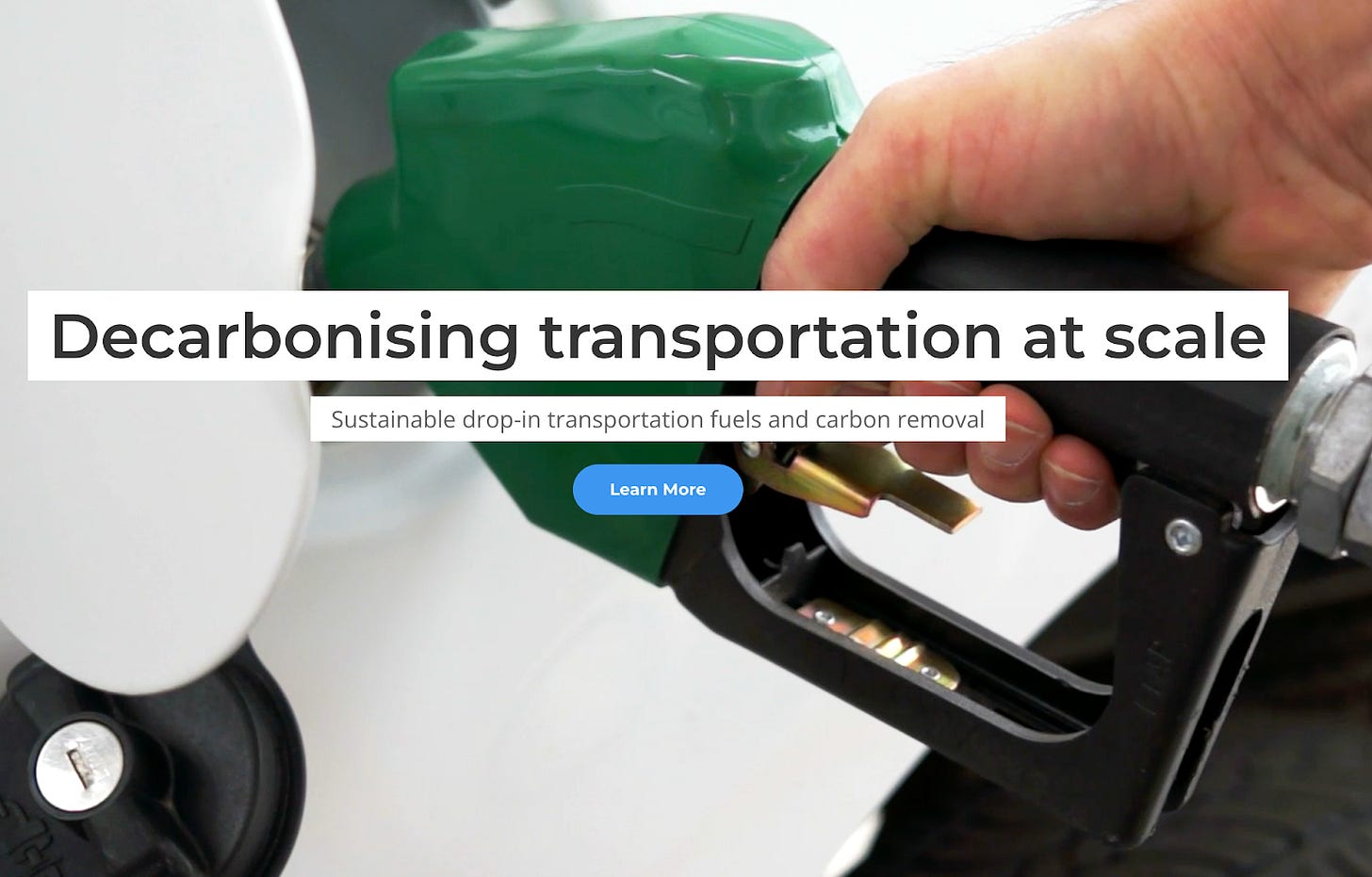
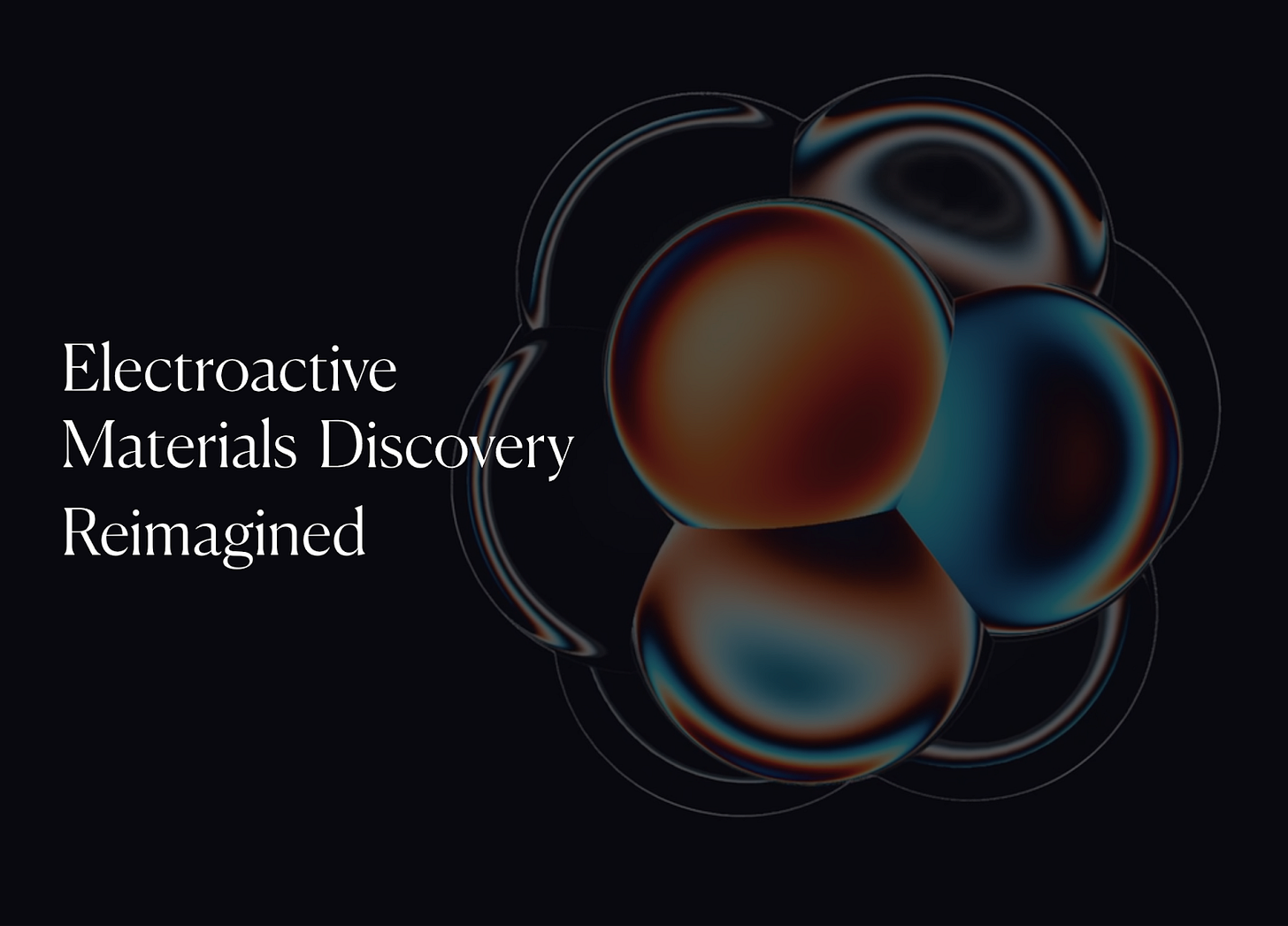

I SO agree with this plain messaging approach, Sean. Thank you for laying this out and I hope many many Climate Tech folks read and learn. My work focuses on leadership level Climate Influence (what it is the CEO/entrepreneur/Exec Dir themself being seen living/doing - and how to message that) - and there is opportunity to integrate plain messaging *even beyond* the site and the pitch deck. Any organization that incorporates your wisdom should then tend to the fact that their leader should also be speaking "plain-talk" and much less tech gobbledygook. That's how they reflect their own human-ness and climate values ,and build consistent trust in what they are up to. This is a missing B2B link. Kudos on this excellent resource!
You definitely make it look easy! But the examples of re-crafting the messaging are great, and show your depth of experience. I hope many see these examples and engage you to bring more clarity to their messaging. We need all this tech to scale up fast